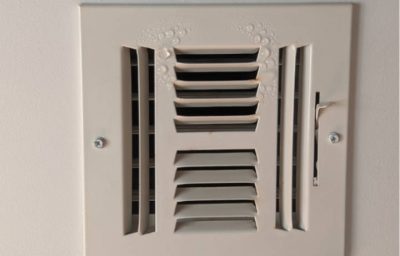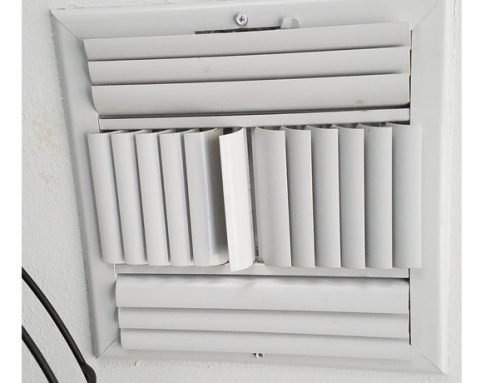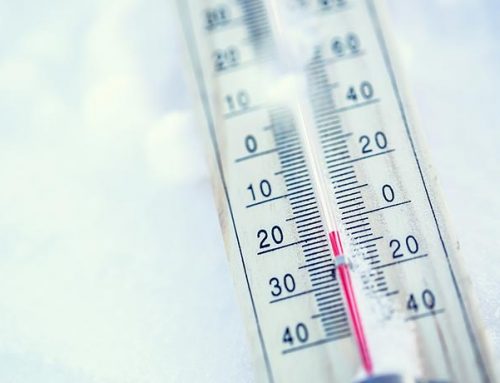Does it look like your Air Conditioning vent is seating right along with you during the summer?
 Condensation is quite common during the summer on cooling vents. You may even see drops of water on the ground below the vents. What causes this excess water or condensation and is it harmful to my AC unit? Don’t worry the professional AC team at Air Conditioning Ambulance can help answer all of your AC unit questions.
Condensation is quite common during the summer on cooling vents. You may even see drops of water on the ground below the vents. What causes this excess water or condensation and is it harmful to my AC unit? Don’t worry the professional AC team at Air Conditioning Ambulance can help answer all of your AC unit questions.
What Causes Condensation on Air Conditioning (AC) Vents?
Have you ever had a nice cold beverage filled with ice form water droplets on the exterior of the glass? This same process is what causes condensation on your AC vents. Basically, as your system’s evaporator coil cools warm air that passes over it, it absorbs heat and moisture from the air. This causes condensation to form.
You can find the condensation on your AC vents in your bathroom or even at your entrance way. This is because of the hot air meeting the cool area and creating condensation. Normally, this will not cause a problem inside the home and can easily be wiped away from the vent. It may cause a little dirt to develop on the vent, but this can easily be wiped away as well.
Condensation can even develop in your HVAC system’s drain/dip pan. As long as the excess water can drain through into and out of your drip pain, you will not encounter excess water that could damage your house. Tip: Make sure that your drain/dip pain is properly maintained and is not clogged up.
What HVAC Problems Can Result from Condensation?
- Dirty Air Filter – Dirty air filters can actually cause a lot of damage to an AC unit. A dirty air filter slows down the air flow throughout the home. It also reduces the airflow over the evaporator coil. If the evaporator coil does not get proper airflow, the coil will get too cold and can freeze. When the ice melts, the water will drip into the drainage/drip pan. The excess water can overflow, especially if the drip pan is not properly maintained. Find out more about the importance of filters HERE.
- Condensation Pan Problems – This pan is also called the drainage pan or the drip pan. It is a second line of defense against accidents. The AC condensation pan collects the excess water from condensation. This water comes from the evaporator and the drainage pan will send it out through a drain line. Overtime, these pans can crack and that can lead to the excess water spilling out causing damage to the unit and the home. The best way to avoid this, is to get regular maintenance on your AC unit.
- Clogged or Dislodged Drain Line – The drain line takes care of excess water overflow from your HVAC system. The water will literally drain away out of the house very similar to plumbing. But, if the line is filled with bacteria, fungus and other buildup, the line will become clogged. Sometimes a drain line can also break or crack which can also lead to problems. The best way to avoid this problem is to check your HVAC drain line with the drain pan to make sure they look clean and stable.
- Low Refrigerant Charge – If your system is low on refrigerant, it can cause the evaporator coil to freeze. If the evaporator coil freezes, it can lead to condensation as the ice melts. Plus, if the refrigerant is low, your AC will most likely not be working well, it won’t cool the house off very well.
If you see that your system is doing a lot of sweating, don’t worry yet. But, it is a good time to give Air Conditioning Ambulance a call to check on the condensation and ac units. The summer months are the hardest working months for AC systems, so sometimes they just give out and break. Call AC Ambulance today at 504-467-1400.






